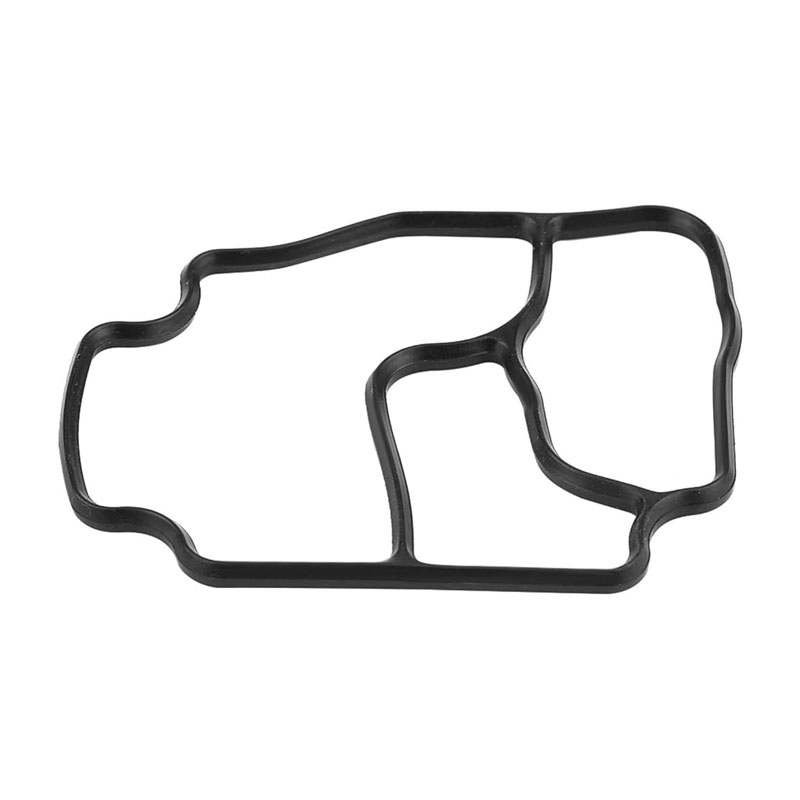Understanding the Role of Oil Pan Plug in Engine Maintenance and Performance
Understanding the Importance of the Oil Pan Plug
The oil pan plug, often overlooked in the realm of automotive maintenance, plays a crucial role in the functionality and longevity of an engine. As a vital component of the oil pan, it serves as the primary access point for draining engine oil during oil changes. While it may seem like a simple piece of hardware, understanding its function, common issues, and proper maintenance can significantly impact vehicle performance and reliability.
The Function of the Oil Pan Plug
The primary role of the oil pan plug is to seal the bottom of the oil pan, which collects the engine’s motor oil for circulation. When it comes time to change the oil, this plug allows mechanics and car owners to drain the old oil completely. This process is essential, as it ensures that old, dirty oil is removed from the engine, which helps to prevent sludge buildup and maintains the overall health of the engine.
The oil pan plug, typically made of metal and equipped with a rubber or silicone washer, is designed to withstand high temperatures and pressures. It must create a reliable seal to prevent leaks, which could result in significant oil loss and potential engine damage. The integrity of this seal is imperative for ensuring that the engine remains properly lubricated.
Common Issues with the Oil Pan Plug
Despite its importance, the oil pan plug can encounter various issues over time. One of the most common problems is stripping of the threads. This can occur due to improper installation, excessive torque during tightening, or wear and tear from repeated oil changes. A stripped oil pan plug can lead to oil leaks, which not only impair engine lubrication but also create messy situations under the vehicle.
Another potential issue is the corrosion of the plug itself. Over time, exposure to oil and environmental elements can cause rust or degradation. This corrosion can weaken the plug and lead to leaks or even complete failure during an oil change. Regular inspection of the oil pan plug and replacing it when necessary is advisable to prevent these problems.
Additionally, a loose oil pan plug can result in oil leaks
. Routine maintenance checks can help identify if the plug is loose and requires tightening. A loose plug can lead to a slow oil leak that may not be immediately visible, making it crucial for vehicle owners to be vigilant about monitoring oil levels between changes.oil pan plug

Maintenance and Best Practices
To ensure the oil pan plug functions effectively, regular maintenance and proper handling during oil changes are essential. When performing an oil change, it’s important to
1. Inspect the Plug and Washer Before reinstalling, inspect the oil pan plug and the washer for any signs of wear, corrosion, or damage. If there are any issues, replacing the plug and washer is a straightforward yet vital step.
2. Tighten with Care Avoid overtightening the oil pan plug. The plug should be snug but not excessively tight; overtightening can strip the threads and facilitate leaks.
3. Use Proper Tools Ensure the right tools are used when removing and reinstalling the oil pan plug. Using the appropriate size socket can prevent damage to the plug and surrounding components.
4. Monitor Oil Levels Regularly check oil levels and look for any signs of leakage around the plug. This can help catch issues early, preventing more serious damage to the engine.
5. Utilize a Torque Wrench When reinstalling the oil pan plug, using a torque wrench can ensure that the plug is tightened to the manufacturer’s specifications, preventing both over-tightening and under-tightening.
Conclusion
The oil pan plug may seem like a minor component in the grand scheme of automotive maintenance; however, its significance cannot be overstated. By understanding its function, keeping an eye out for potential issues, and adhering to best maintenance practices, vehicle owners can ensure their engines remain healthy and perform optimally. Taking the time to care for the oil pan plug is a small but impactful step in the larger context of automotive care, leading to a smoother, more reliable driving experience.
-
Simplifying Oil Changes: A Comprehensive Guide to Oil Drain Plugs and Their Variants
News Aug.04,2025
-
Mastering Oil Drain Maintenance: Solutions for Stripped, Worn, and Upgraded Oil Plugs
News Aug.04,2025
-
Fixing Oil Pan Plug Issues: Leaks, Stripped Nuts, and the Right Replacement Solutions
News Aug.04,2025
-
Everything You Need to Know About Oil Drain Plugs: Sizes, Fixes, and Upgrades
News Aug.04,2025
-
Choosing the Right Oil Drain Plug: A Guide to Sizes, Materials, and Drain Innovations
News Aug.04,2025
-
A Complete Guide to Automotive Drain Plugs: Types, Problems, and Innovative Solutions
News Aug.04,2025
-
The Ultimate Guide to Car Repair Kits: Tools and Essentials Every Driver Should Own
News Aug.01,2025
Products categories















